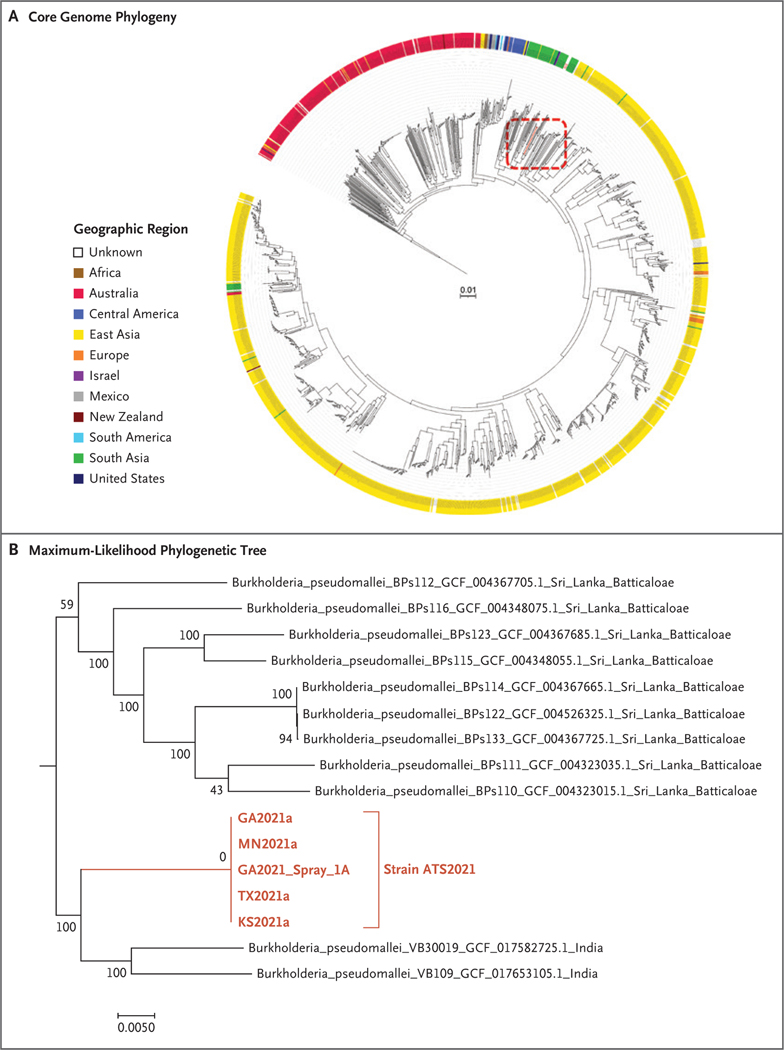Figure 3. Phylogenomic Comparisons of B. pseudomallei Genomes with Isolates Obtained from the Four Patients and from a Contaminated Aromatherapy Spray Bottle.
The isolates obtained from the four patients (KS2021a, TX2021a, MN2021a, and GA2021a) and an isolate obtained from a contaminated aromatherapy spray bottle (GA2021_Spray_1A) contained strain ATS2021. Panel A shows the core single-nucleotide polymorphism phylogeny of 1696 genomes in which the new isolates were initially placed. Geographic origins were selected from the BioSample database of the National Center for Biotechnology Information, and the specific geographic regions listed were based on definitions from the 2021 World Factbook of the Central Intelligence Agency (https://www.cia.gov/the-world-factbook/). Samples of unknown geographic origin are white. The red branch inside the dashed red square denotes the outbreak strains, surrounded by isolates predominantly from South Asia. Panel B shows the high-resolution clade with the closest isolates to the outbreak strain from maximum-likelihood analysis in Parsnp (Harvest, version 1.3) rendered with the use of MEGA X software (https://www.megasoftware.net/).

